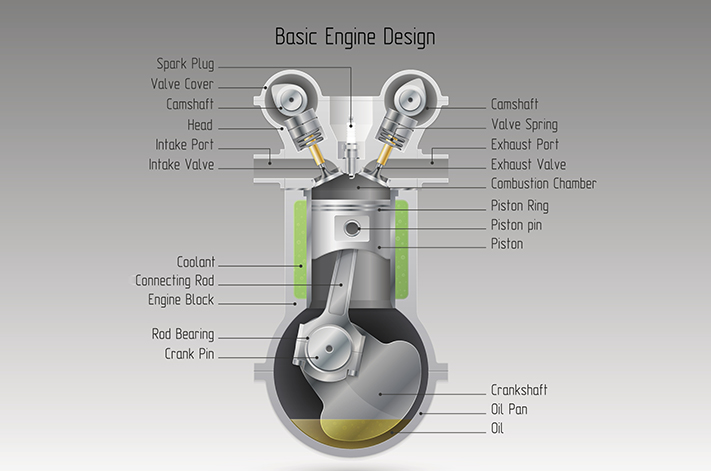
Valve timing is an important part of the internal combustion process as it regulates the flow of fuel and air in and exhaust out of the combustion chamber – that’s the part of the engine where the pistons compress the fuel and air for combustion.
Traditional engines have intake and exhaust valves that are controlled by the camshaft to open and close in sync with the pistons. The problem with this is the amount of fuel and air entering and leaving the engine is constant for a given engine speed, which can limit power when it’s needed, or consume too much fuel when it’s not.
So most modern engines open and close the valves variably, to allow more or less gases to enter and escape for improved performance and economy and to reduce emissions, depending on the driving conditions.As the above CNET video shows, variable valve timing and lift can alter the point when the valves open and close (timing), how long the valves remain open (duration), and how wide they open (lift).

This is controlled by central electronic processor which is constantly changing the timing to provide the best performance and lowest emissions, based on the how hard the engine is being worked.
At low engine speeds the valves open and close at set points to promote a smooth idle and low emissions however, at higher speed the flow of gasses changes and the timing can be altered accordingly.
By changing the point at which valves open and close the effect of air flowing into the cylinder and exhaust exiting at high speed can be used to force more air and fuel in, in a similar manner to turbocharging.
This is called valve lead, lag and overlap and the result is more power when the engine is at high speed without compromising low speed smoothness and efficiency.
There are many different ways to physically control valve timing, including multiple off-centre camshaft lobes, camshafts that partially rotate independently of the pistons, or gears at the end of camshafts to advance or retard cam timing.
Variable valve timing is very common now, hence some of the fancy names given to engines such as Honda VTEC, Mazda S-VT, Fiat (and Jeep) MultiAir and Toyota VVT-I.




